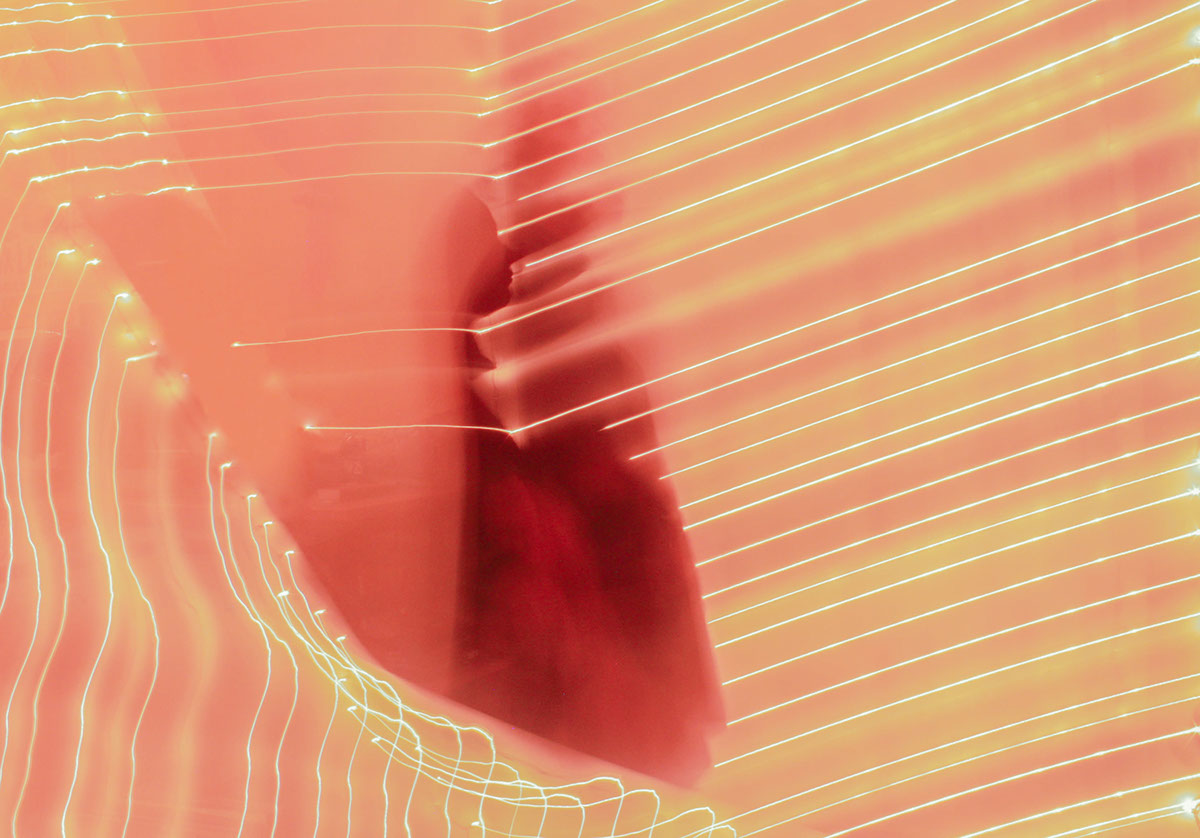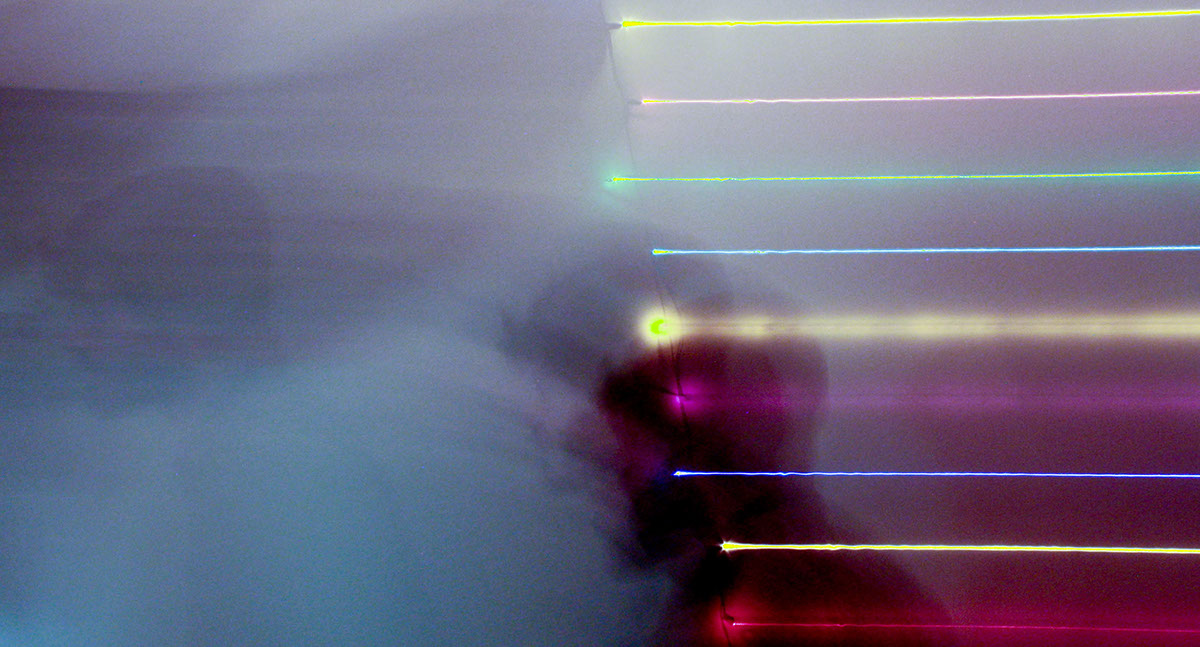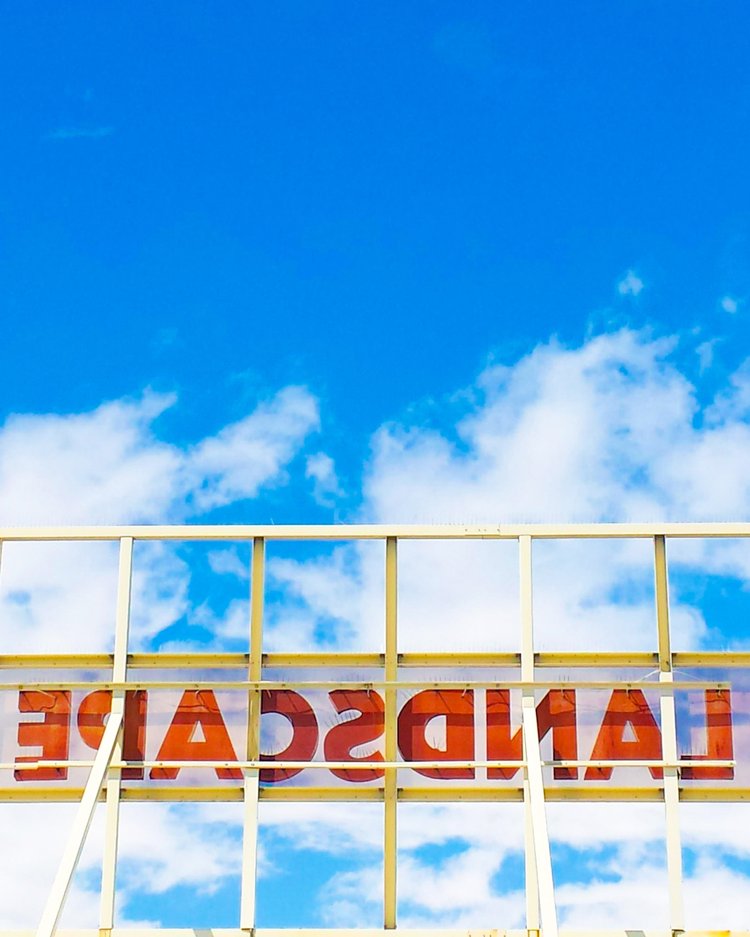Woman of the Inner Sea
Inspired by the title of the book, "Woman of the Inner Sea" by Thomas Keneally
Woman in the low castle
Sulfury sands, damp and dank
Shallow pools of dark water pace in themselves, untempered by time or demand
She waits in the waters
In the seaweed breeze
The beach is empty and the sky overcast
White caps crest and the rain starts to drop
She's waiting, not waiting
She is here
Wisely waiting for you to return to your soul
And give her your hand in trust
To show you the depths of the salty seas
Carl Jung's "Art Complex"
Jungian Psychology has increasingly informed my artwork as I have gone deeper in my practice of dream recording and reflection. Jung focused on the concept of the collective unconscious, as reflected in myth, alchemy, religion, and most all, art. He had a complex relationship with art. He held the conviction that artists' work did not belong to them, that they did not originate simply from the artists' own lives or neuroses, but that it originated in the unconscious, containing ages-old wisdom and experiences that go beyond the individual. Obviously this is a controversial position, but a fascinating one. He references the experience of many of the world's greatest artists, which is of being at the mercy of the "creative process", an often relentless experience not always controlled by the will of the artist. He referred to art as a reflection of the times, and is contextualized by past collective experience and stories. I attached a quote from Jung as found in this article that uses metaphor to explain his position:




Traces
The concept of the invisible traces we leave behind (if we leave any at all, depending on who you're talking to) as we go about our lives has always fascinated me. I used to imagine people walking around the planet with a trail of every moment of their whole lives floating behind them like a cape. But it would be impossible to measure in moments because of the infinite nature of time and motion. So it became the question of what the compilation of all of our movements, measured by light and time, looks like. A couple of years ago I took a crack at it myself using long exposure photography. I took an inverse route and followed my moving subjects with a camera, capturing the motionless lights around them in a way that made the subjects look like they were stagnant, and that everything around them was moving.
Euginio Miccini: Semiotics & Visual Poetry
As seen at Museo Nove Cento in Florence. Miccini is known as one of the fathers of Italian Visual Poetry. "Visual poetry is an art research characterized by predominance of the image on the typographical text, aimed to obtain compositions where words and images, signs and figures, are integrated without solution of continuity on the semantic plane" (-wiki).
The Truth at the Bottom of the Lake
I first learned about artists like Bill Viola when I was taking a digital Multimedia class while studying abroad in Florence, Italy. During that time I was also taking a Contemporary Art History class, obsessively soaking up everything-conceptual-art. Watching an interview with Bill Viola on his conceptual video art in the dark classroom of a centuries-old building, I felt my senses flying. Here I was, balancing groundbreaking contemporary ideas that touched the very center of my soul, while baking inside this oven of time. I felt a rebirth coming under way.
Watching this interview, I learned of his experience of falling into a lake when he was very young. He says it was the most real and beautiful experience he'd ever had. He had the realization that everything beneath the surface is the way that things really are. This experience informed his work for years, unconsciously, as he applied the use of water in many of his pieces. As a child, I would sink to the bottom of the pool, watching the bubbles of my breath escaping me, rushing to the surface, glinting in the sunlight. My hair would float up around my head, as if unbound by gravity. I always wished I could just not have to inhale again, to dwell in the the stillness of the finished exhale. Don't get me wrong, I love breathing, but the stillness, as Viola talks about in this interview, is a very real thing we are often missing. The flow of water, the silence of the underneath. The standstill of the infinite moments between moments.
I don't know exactly what it is I'm searching for in my photography. I know that it isn't just about my subjects, and it isn't just about me. Whatever it is, it's taking on the form of an investigation into what lies underneath the surface. What do these symbols that make up our pictures tell us? What of them do we see consciously, and what of them do we not? How much do the symbols we do not recognize as significant create an entirely different image from the one we "see"?
In my process of sinking to the bottom of the pool...ocean...lake, I let the stuff of world pass me by...the questions, the conceptions, the pre-conceived notions. I sink, not knowing what I will find, but trusting that it will be worth my while. The truth is down there, and I will sink, rise, and sink deeper again and again as the symbols in my images speak truth louder and louder.




